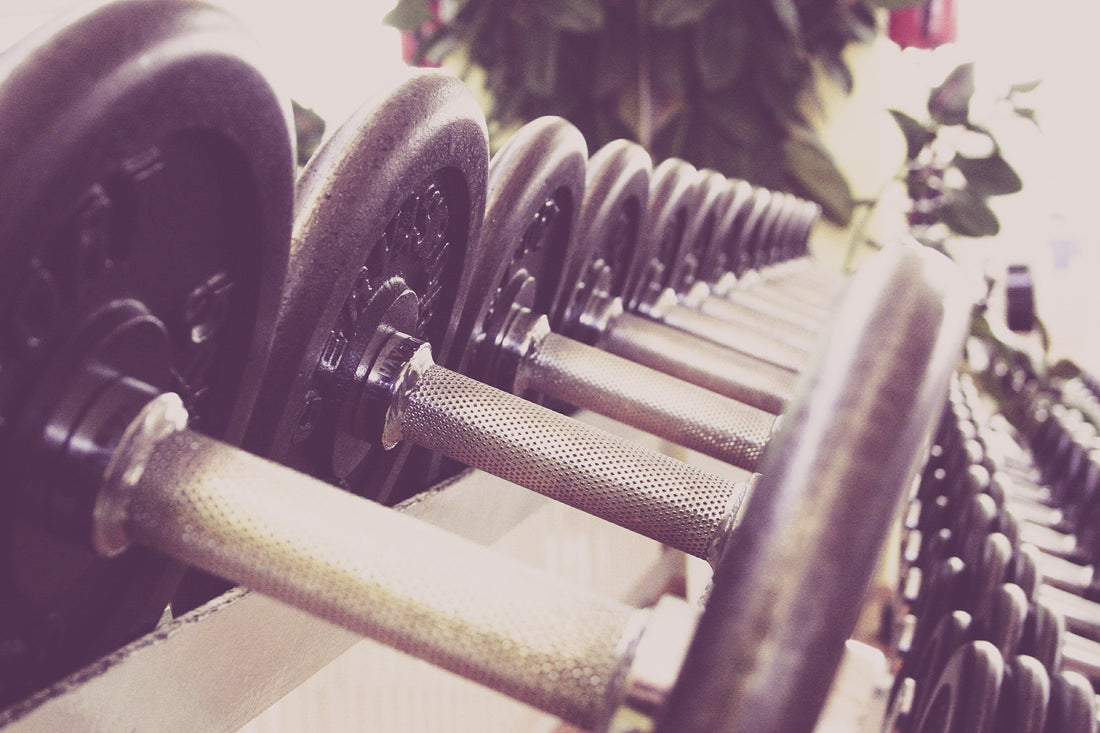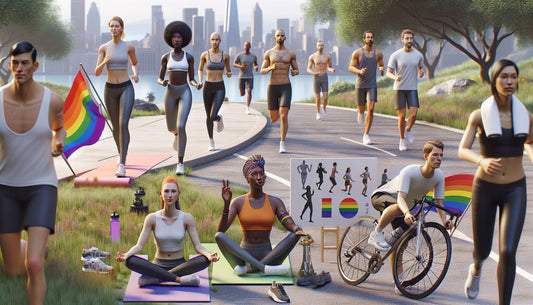So if you want to grace your physique with massive, boulder shoulders as many would call them, you’ll need to understand some key principles of shoulder training and more importantly, you’ll need a killer shoulder workout!
In the following, we’re going to go over the anatomy of the shoulders to give you a better understanding of the type of training you should be incorporating into your shoulder routine, the best-proven ways to make them grow as well as the best deltoids exercises out there.

So let’s start your journey to massive shoulders!
The Anatomy of the Shoulders
First thing’s first. You need to understand that the shoulders comprise of three separate parts and if you want to avoid looking like a bad 2D cardboard cutout, you will have to dedicate time to each muscle group.
The shoulders comprise of:
- The Anterior Head (front)
- The Medial Head (side)
- The Posterior (head)
While the anterior and medial heads get a low of work in during chest days and mainly any pressing movements, the posterior head is often left neglected and underdeveloped due to the lack of adequate volume.
The front and the middle deltoids respond well to pressing movements, while the rear delt requires flying or pulling movements in order to be stimulated. While pressing motions such as the military press will stimulate all three heads of the deltoids, additional stimulus is needed for the posterior head.
Each part of the shoulder has its intended use:
- Anterior Head - Flexion, Medial Rotation
- Medial Head - Abduction
- Posterior Head - Extension, Lateral Rotation
And you are supposed to do just that by hitting every part. In order to understand more of shoulders anatomy, you could watch below video.
Now that you understand the anatomy of the shoulders, let’s talk about what constitutes as effective shoulder building!
The Science of Effective Shoulder Training
More often than not, the majority of information you would stumble across on the internet will tell you that the shoulder is a very sensitive muscle prone to injuries and that you should stick to lighter weights and higher repetitions in order to avoid injury and bring the shoulders to create a V-shaped physique.
This type of information is misleading and completely untrue.
The shoulders are extremely strong, capable of carrying and lifting extremely heavy loads and pushing for a high number of reps will only put your form at risk of crumbling and inevitably, you will get hurt. Most likely, you will simply strain a muscle and will need to take a short break, but if you're not careful, the consequences could be far worse.
It is very important to recognize the two key factors of building massive shoulders:
- Heavy Compound Movements
- Progressive Overload
Pushing heavy weights over your head will not only make you strong but will also develop your biceps, triceps, your stabilizing muscles such as the gluteus, leg, core and your back.
Your compound movements will are essential for putting mass on your frame and no matter how many light-weight repetitions you do, it will never bring out your shoulders the way compound exercises do.
Another major factor of shoulder training or any other muscle group for that matter, for a natural lifter is progressive overload.
Progressive overload is imperative for strength and muscle gains and it can be achieved in several ways:
- Strength - adding weight to the bar
- Volume - adding repetitions or sets to an exercise
You might have heard otherwise but is important to understand that progressive overload doesn’t only mean adding weight to your one rep max - it means progressing either in weight (one-rep max, three-rep max or five-rep max) or in total exercise volume.
Always remember to keep pushing for progress and stick to heavy movements if you want your shoulders to become anything more than the connective tissue to the disproportionate chest and arms.
Okay, so let’s talk about the most effective shoulder exercise and how to perform them.
The Best Shoulder Exercises
There are too many shoulder workout routines and their subsequent variations, so let’s look at the most effective movements you can use.
Seated or Standing Military Press
Pressing weights overhead has been proven to activate all three heads of the deltoids, with the majority of the stress falling on the anterior=or and medial heads.
The dumbbell press has been relatively more effective muscle stimulation, but from a practical standpoint, the barbell press allows you to use even more weight, and that is what we are ultimately looking for - overload.
You can do this exercise sitting or standing up.
When sitting down, you will be able to put a bit more stress on the shoulder joint because you won’t need to worry about stabilizing your entire body like you would by standing up. The seated position enables you to control the weight and concentrate solely on the shoulders.
While the first version might sound good, I'd advise you to pay special attention to the standing military press as one of the most effective mass building exercises. You will be challenged by heavier weights and you will also need to engage your entire body in order to stabilize the bar and push it harder.
Maintaining total body tension is the name of the game when it comes to the standing press, and your entire body will hurt the day after.
Keep the rep ranges fairly low in order to gain strength and progressively overload the bar, mainly in the 3-5 and 4-6 ranges.
You can do this exercise at the beginning of the workout, as with all compound movements.
The Arnold Press
The Arnold press will allow you to increase the range of motion and put some stress off of the posterior deltoid.
A very effective mass builder.
Dumbbell Front Raise
You will target the front deltoids by raising the dumbbell in front of you.
Dumbbell Side Lateral Raise
This movement is one of the most effective exercises for building the medial deltoid. Keep in mind that you won't be able to push heavy weights with front, lateral or rear raises, so these exercises are best for conditioning purposes.
Dumbbell Rear Lateral Raise
You can sit on the bench and bend forward in order to pull the dumbbells back, or you can try the standing variation where you bend forward.
Barbell Face Pulls
Bend over and pull the barbell to your face, contracting the rear deltoids.
Cable Face Pulls
This exercise is done standing up. Adjust the cable to shoulder height and pull it towards your face.
Possible Shoulder Injuries and How to avoid it
Shoulder injuries are not uncommon, due to the fact that people neglect strict and proper form and put too much volume on the shoulder joint, especially by utilizing unnatural movements like the behind the neck presses, etc.
Let’s go over some common shoulder issues:
- Impingement of the tendons and ligaments
- Labrum Tear - broken cartilage
- AC Joint Separation - pain deep inside the joint
- Rotator Cuff Tear - dropping the arm involuntarily
- Supraspinatus Tear - preventing arm raising and stabilization
- Frozen Shoulder - pain and tightness over time
By always maintaining proper form on compound movements, you will be able to avoid any possible injuries, but if you start feeling discomfort or even pain, stop the movement immediately and consult a doctor, just to stay safe.
I hope this guide to a killer shoulder workout has shed some light on how to train these muscles and turn them into boulders! Let me know if this worked out for you in the comments below!




